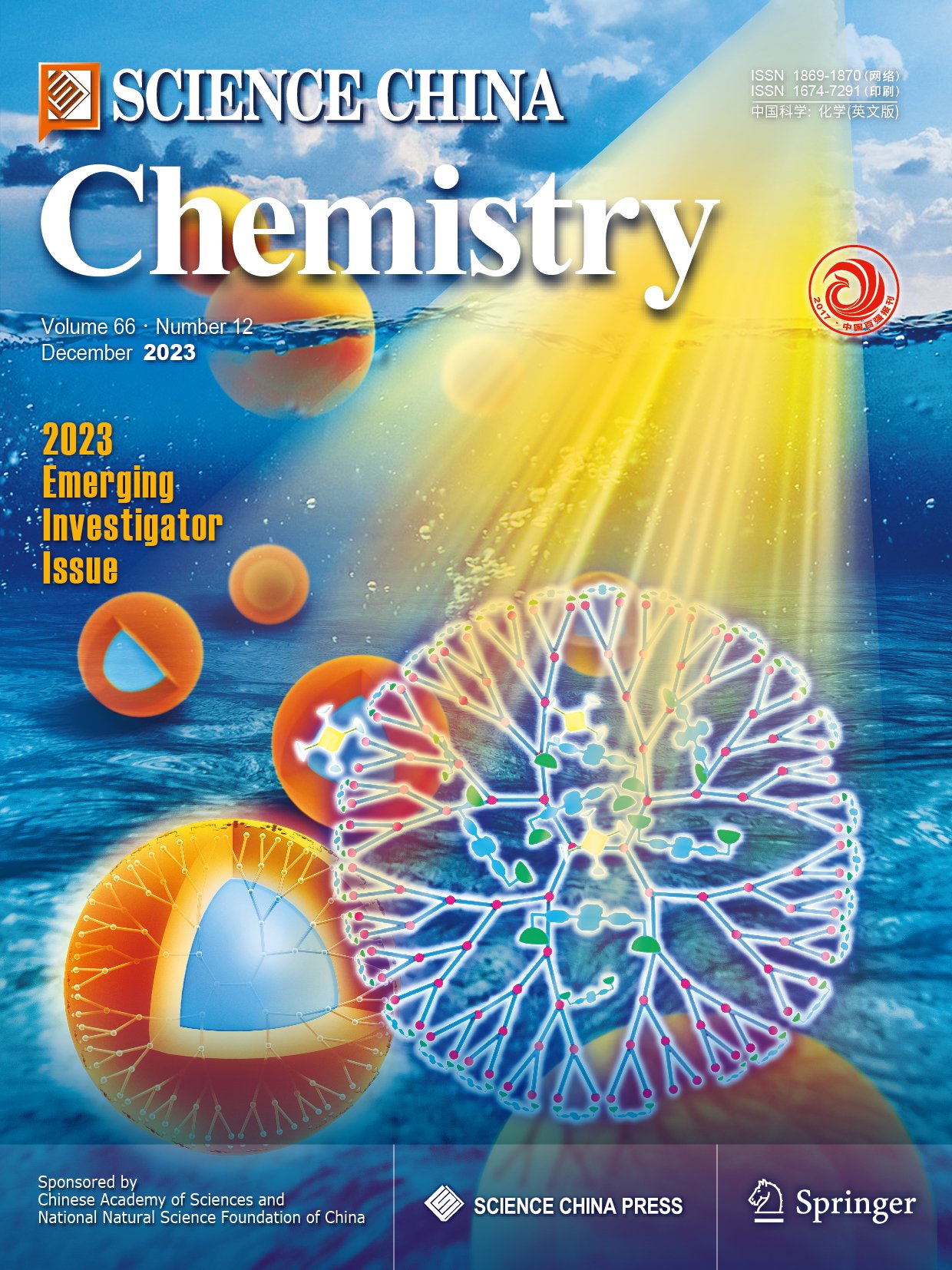Highly efficient and cis-selective semihydrogenation of dialkyl alkynes with EtOH enforced by a catalyst-state induced color-change strategy
Abstract
Synthesis of valuable (Z)-1,2-dialkyl alkenes via cis-semihydrogenation of alkynes is often plagued by side reactions such as alkene isomerization and over-reduction. Here we report a catalyst-state induced color-change (CatSICC) strategy for precise detection of reaction endpoint of transfer hydrogenation (TH), enabling highly efficient and cis-selective semihydrogenation of dialkyl alkynes with EtOH as H-donor. A series of NHC carbene-containing pincer iridium complexes (PCCNHC)IrHX (X = Br or I) have been prepared and applied to the TH reaction. Monitoring the TH process reveals a vibrant color-change of the solution from purple to yellow-orange as a result of transition of the catalyst-state from (PCCNHC)Ir(alkyne) to (PCCNHC)IrHMe(CO), signifying the complete conversion of alkyne substrate. Quenching the reaction timely according to the color-change allows access to (Z)-1,2-dialkyl alkenes with very high efficiency, exquisite precision, and broad functional group tolerance. The reliability and practicability of this protocol is demonstrated by cis-semihydrogenation of complex polyfunctionalized bioactive molecules. Mechanistic studies establish that the propensity of (PCCNHC)Ir to undergo facile EtOH decarbonylation to form isomerization-inactive species (PCCNHC)IrHMe(CO) only when the semihydrogenation reaction is completed is important to stereo- and chemoselectivity control.

 求助内容:
求助内容: 应助结果提醒方式:
应助结果提醒方式:


